 December 12, 1980: Apple goes public, floating 4.6 million shares on the stock market at $22 per share. The Apple IPO becomes the biggest tech public offering of its day. And more than 40 out of 1,000 Apple employees become instant millionaires.
December 12, 1980: Apple goes public, floating 4.6 million shares on the stock market at $22 per share. The Apple IPO becomes the biggest tech public offering of its day. And more than 40 out of 1,000 Apple employees become instant millionaires.
As Apple’s biggest shareholder, 25-year-old Steve Jobs ends the day with a net worth of $217 million. However, the big payday triggers internal tensions as it highlights Cupertino’s class divide.
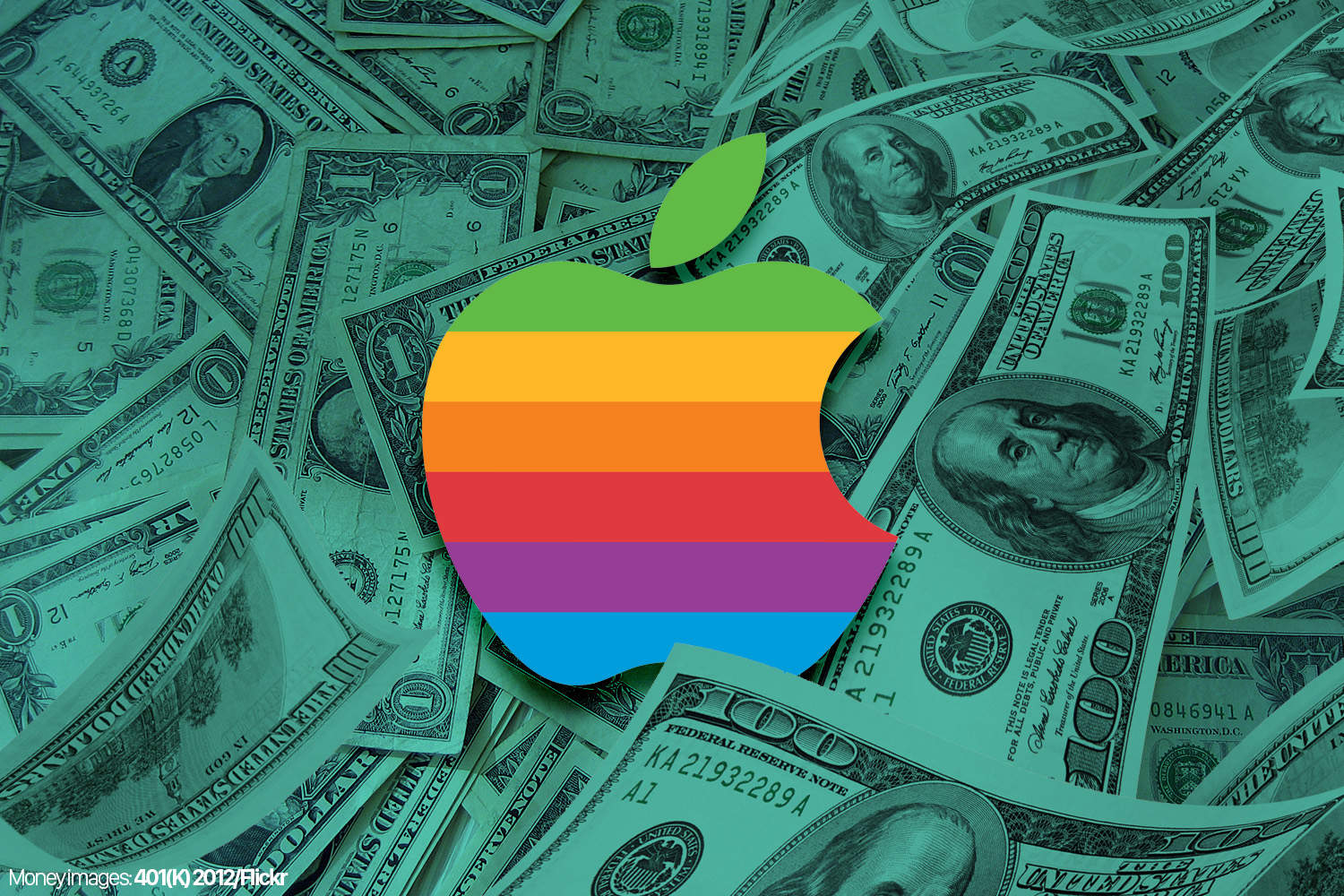


 December 1, 1981: After the disastrous rollout of the “next-gen” Apple III in 1980, Apple releases a revised edition of the computer that corrects most of its glaring hardware faults.
December 1, 1981: After the disastrous rollout of the “next-gen” Apple III in 1980, Apple releases a revised edition of the computer that corrects most of its glaring hardware faults.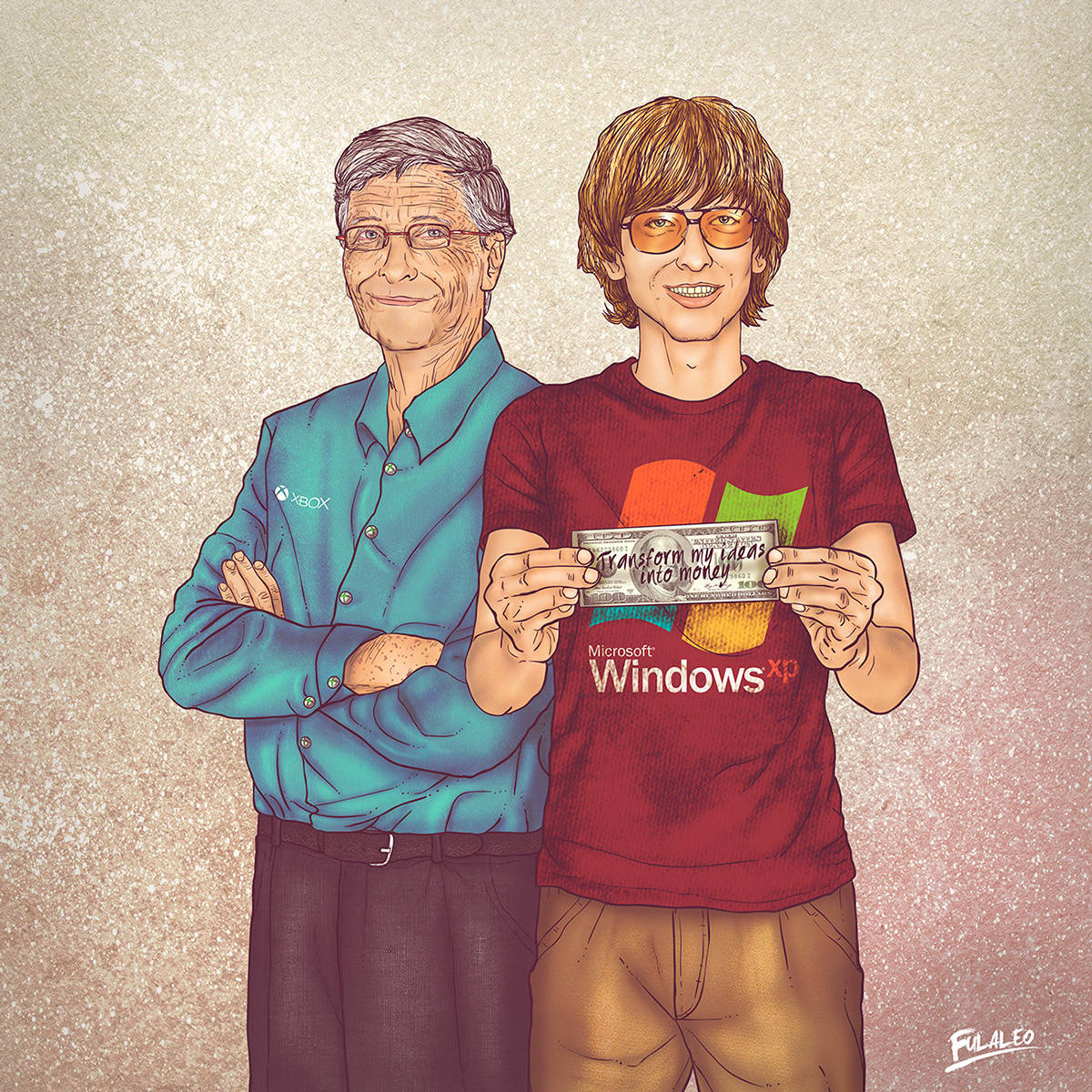
 November 26, 1984: Microsoft co-founder Bill Gates praises Apple’s newly arrived Macintosh as the future of personal computing.
November 26, 1984: Microsoft co-founder Bill Gates praises Apple’s newly arrived Macintosh as the future of personal computing.
 November 16, 1982: Intent on giving his company’s upcoming personal computer a memorable name, Apple co-founder
November 16, 1982: Intent on giving his company’s upcoming personal computer a memorable name, Apple co-founder 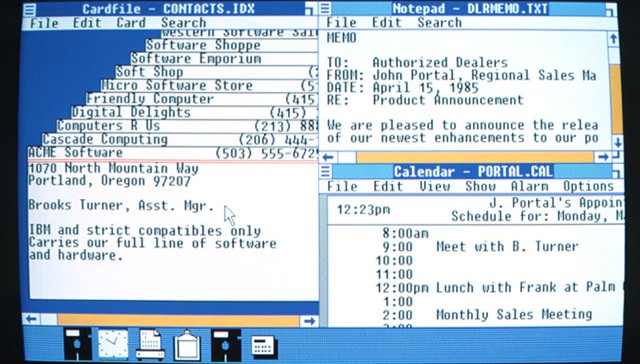
 November 10, 1983: Microsoft tells the world about an upcoming product called Windows that will bring the graphical user interface to IBM PCs. Although Microsoft’s announcement about the new operating system comes shortly before
November 10, 1983: Microsoft tells the world about an upcoming product called Windows that will bring the graphical user interface to IBM PCs. Although Microsoft’s announcement about the new operating system comes shortly before 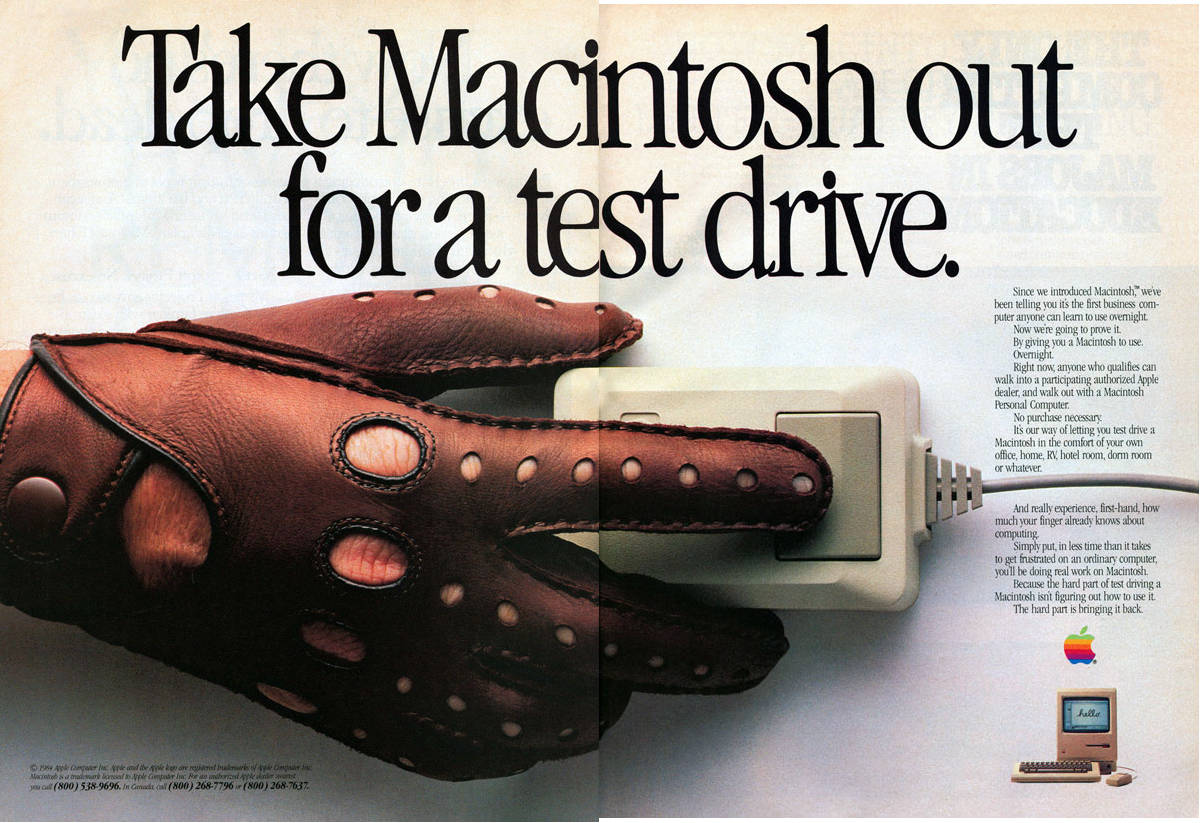
 November 8, 1984: After initial Mac sales prove disappointing, Apple CEO
November 8, 1984: After initial Mac sales prove disappointing, Apple CEO 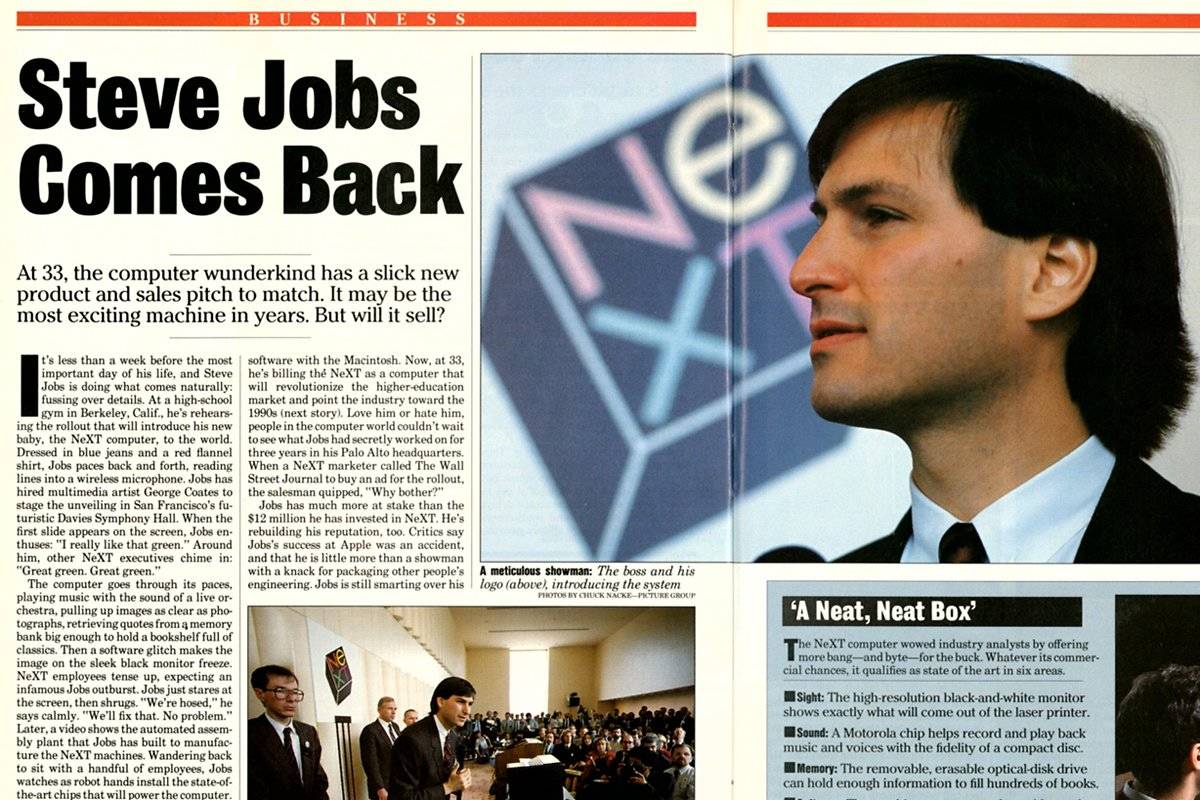
 October 24, 1988: Three years
October 24, 1988: Three years 
 September 23, 1981: Years before Steve Jobs would tell us to “
September 23, 1981: Years before Steve Jobs would tell us to “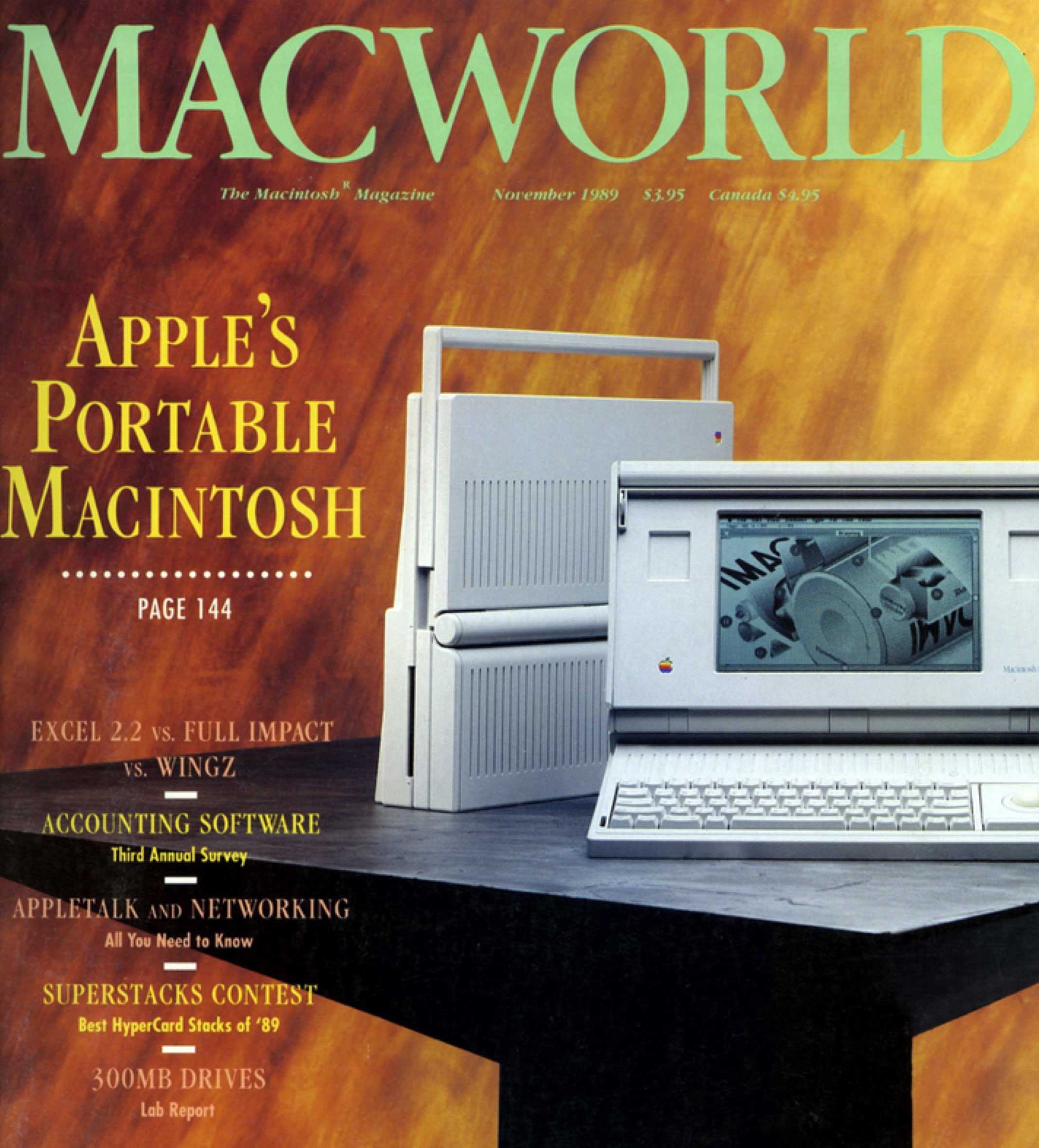
 September 20, 1989: Apple releases the Macintosh Portable, the first battery-powered Mac you could take on the road.
September 20, 1989: Apple releases the Macintosh Portable, the first battery-powered Mac you could take on the road.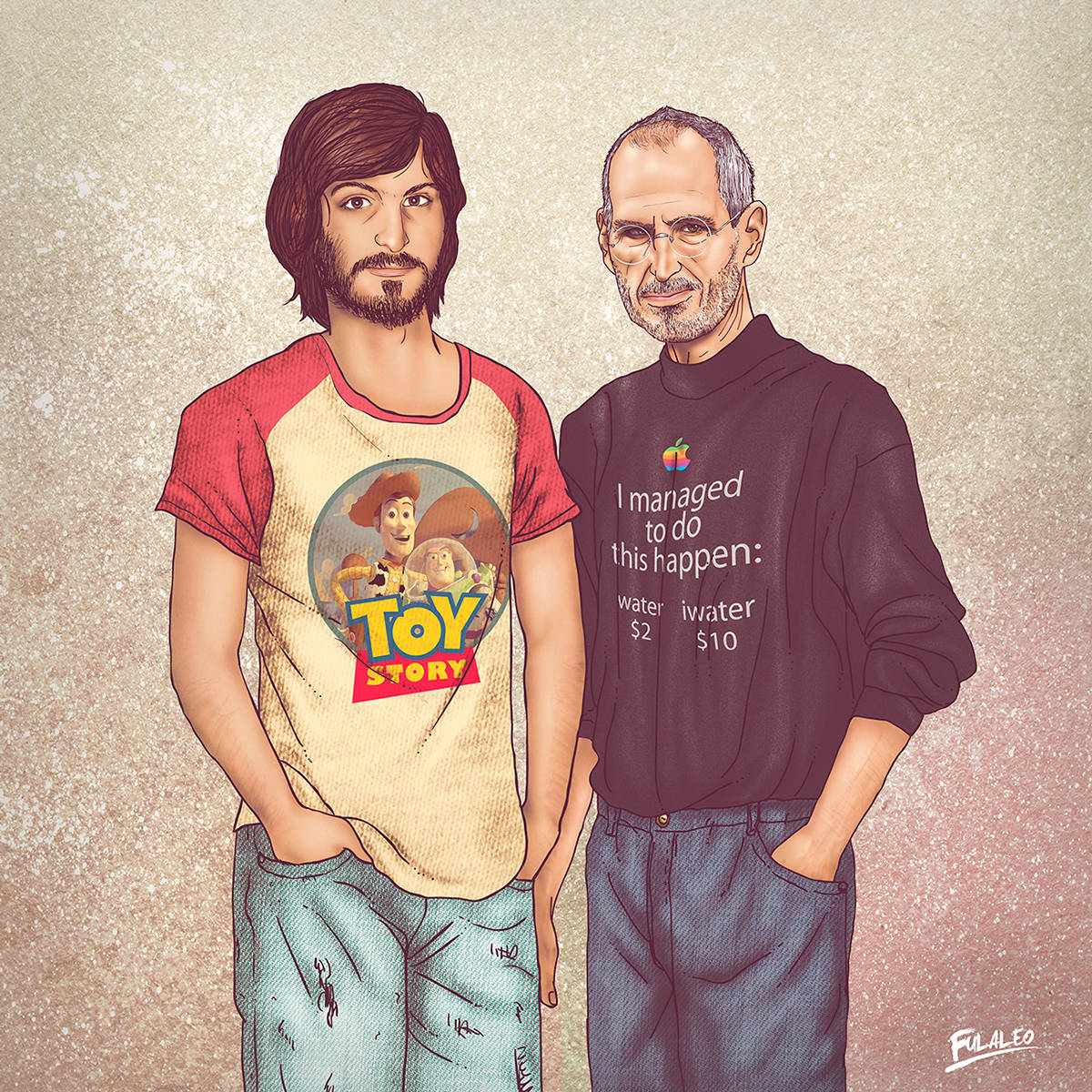
 September 16, 1985 and 1997: Twice on this day, Apple co-founder
September 16, 1985 and 1997: Twice on this day, Apple co-founder 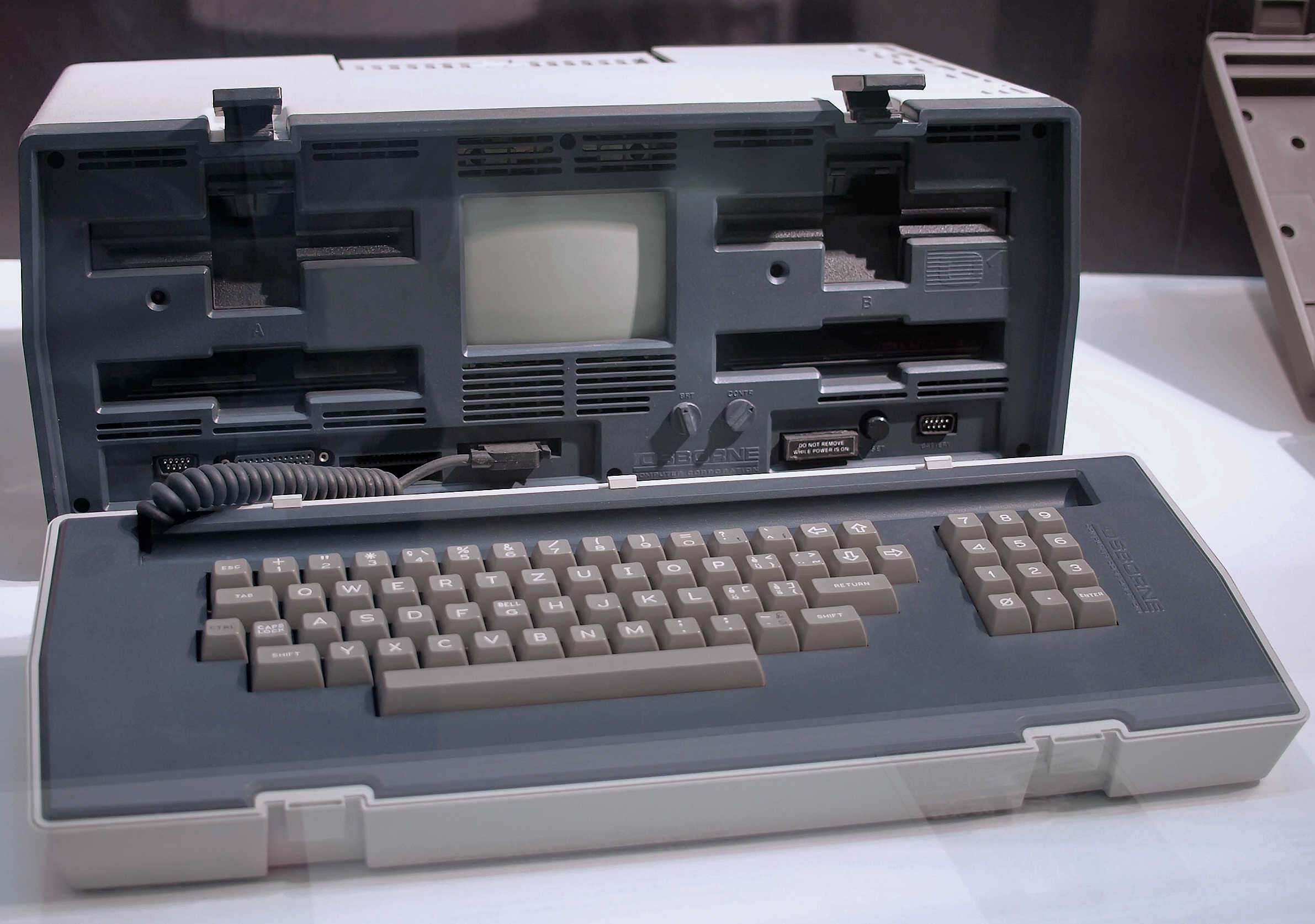
 September 13, 1983: Osborne Computer Corporation, one of Apple’s early rivals, declares bankruptcy. Many considered the company’s Osborne 1 the world’s first truly portable, full-featured computer. It packed everything users needed to set up shop at home or on the road. Alas, it didn’t last!
September 13, 1983: Osborne Computer Corporation, one of Apple’s early rivals, declares bankruptcy. Many considered the company’s Osborne 1 the world’s first truly portable, full-featured computer. It packed everything users needed to set up shop at home or on the road. Alas, it didn’t last!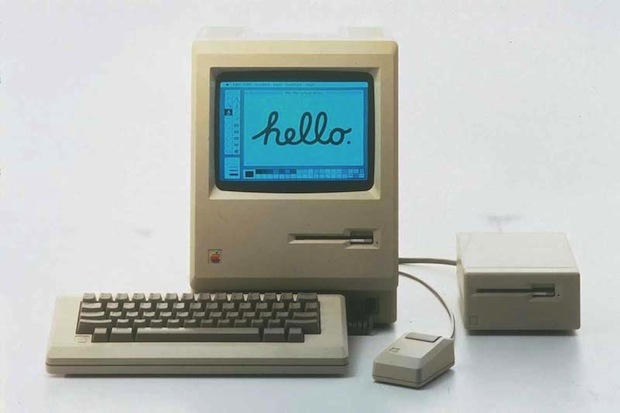
 September 10, 1984: Apple ships the Macintosh 512K, the first upgrade to the
September 10, 1984: Apple ships the Macintosh 512K, the first upgrade to the 
 September 3, 1982: The US Festival, an extravagant music and technology event staged by Apple co-founder
September 3, 1982: The US Festival, an extravagant music and technology event staged by Apple co-founder 
 September 2, 1985: Reports claim Apple co-founder
September 2, 1985: Reports claim Apple co-founder 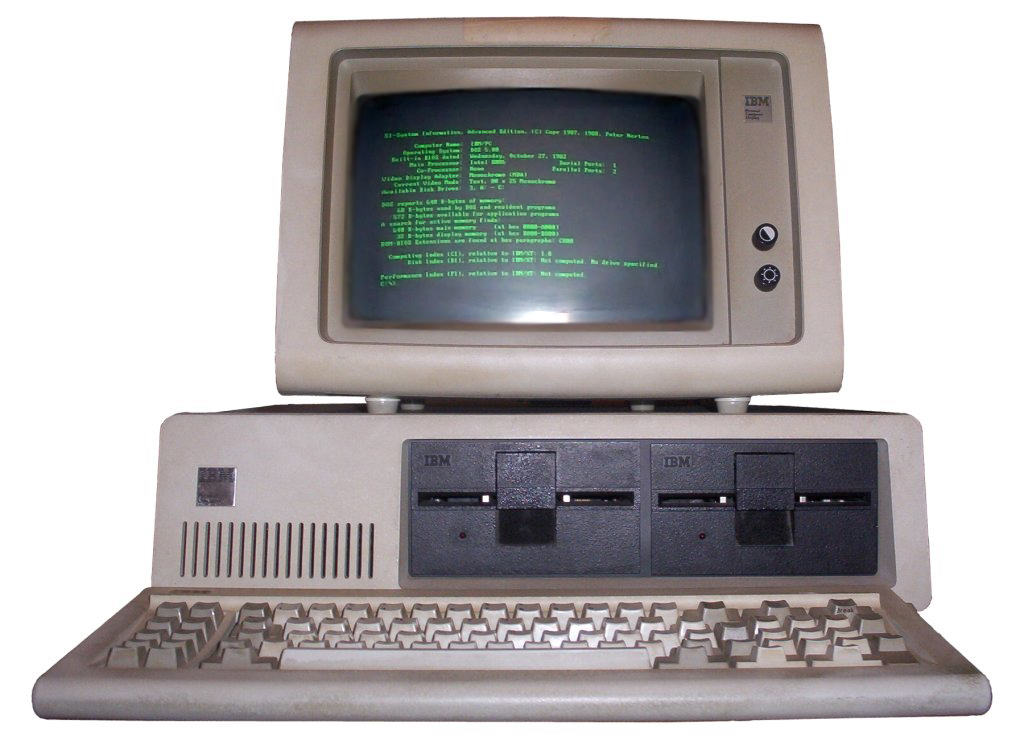
 August 12, 1981: The launch of the IBM Personal Computer ignites a long-running Apple-versus-PC rivalry.
August 12, 1981: The launch of the IBM Personal Computer ignites a long-running Apple-versus-PC rivalry.
 August 11, 1987: The MultiFinder app brings the biggest software update to the
August 11, 1987: The MultiFinder app brings the biggest software update to the 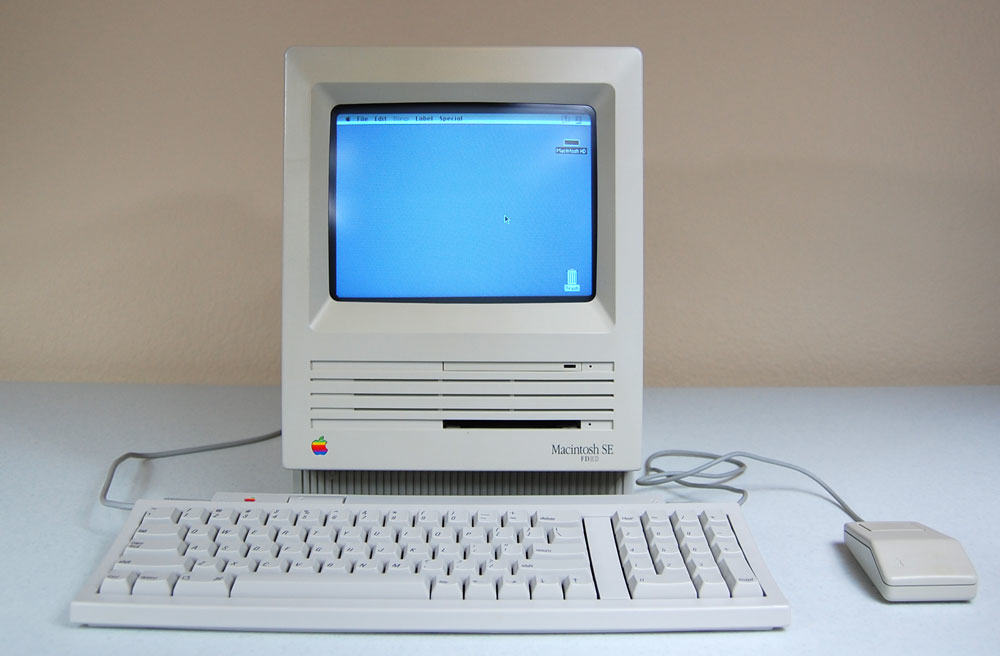
 August 1, 1989: Apple gives the Macintosh SE a storage bump, courtesy of the new SuperDrive in the new Mac SE FDHD. The high-density floppy disks the SuperDrive uses offer an astonishing 1.4MB of storage.
August 1, 1989: Apple gives the Macintosh SE a storage bump, courtesy of the new SuperDrive in the new Mac SE FDHD. The high-density floppy disks the SuperDrive uses offer an astonishing 1.4MB of storage.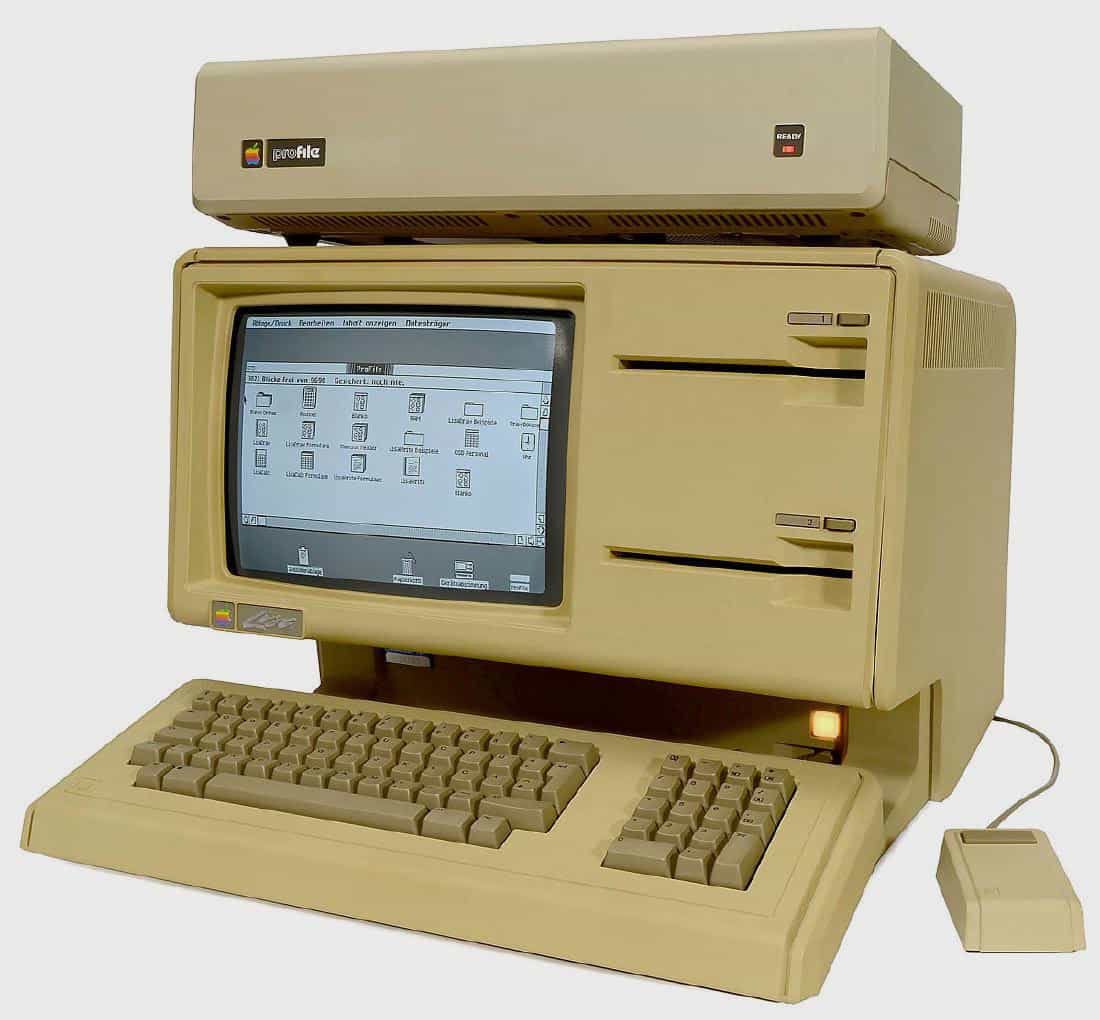
 July 30, 1979: Apple engineers begin work on the Lisa computer, the company’s first machine to come with a graphical user interface and mouse.
July 30, 1979: Apple engineers begin work on the Lisa computer, the company’s first machine to come with a graphical user interface and mouse.
 July 27, 1955: Joanna Hoffman, who will join the original Macintosh and NeXT teams and become Steve Jobs’ first right-hand woman, is born in Poland.
July 27, 1955: Joanna Hoffman, who will join the original Macintosh and NeXT teams and become Steve Jobs’ first right-hand woman, is born in Poland.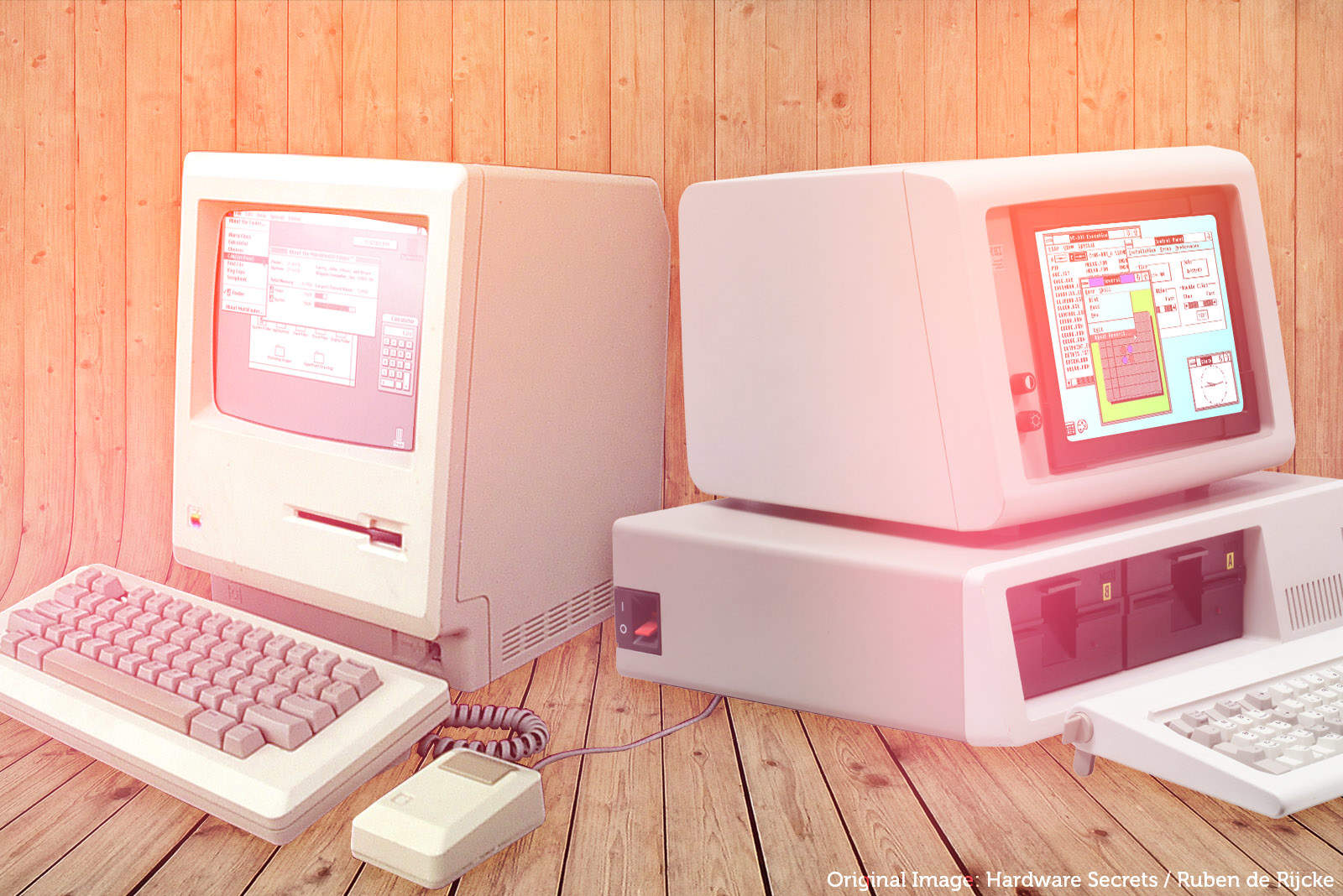
 July 25, 1989: Apple suffers a major setback in its copyright-infringement lawsuit against Microsoft for allegedly stealing the Mac’s “look and feel” to create Windows.
July 25, 1989: Apple suffers a major setback in its copyright-infringement lawsuit against Microsoft for allegedly stealing the Mac’s “look and feel” to create Windows.
 July 4, 1985: Apple co-founder
July 4, 1985: Apple co-founder  June 25, 1985: Microsoft co-founder Bill Gates sends a memo to Apple execs suggesting that Cupertino should license its Mac operating system and additional technology to other companies.
June 25, 1985: Microsoft co-founder Bill Gates sends a memo to Apple execs suggesting that Cupertino should license its Mac operating system and additional technology to other companies.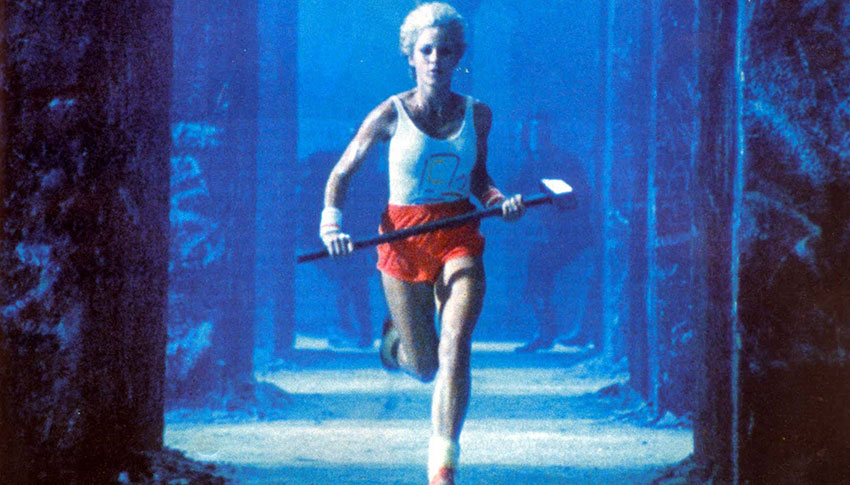
 May 27, 1986: An exiled Steve Jobs takes a shot at Apple after the company ditches Chiat/Day, the ad agency that created the iconic “1984” Macintosh ad. In a full-page ad published in The Wall Street Journal, Jobs says the move to competing ad agency BBDO shows that “caretakers” rather than “builders” now run Apple.
May 27, 1986: An exiled Steve Jobs takes a shot at Apple after the company ditches Chiat/Day, the ad agency that created the iconic “1984” Macintosh ad. In a full-page ad published in The Wall Street Journal, Jobs says the move to competing ad agency BBDO shows that “caretakers” rather than “builders” now run Apple.
 May 23, 1985: Bitter about being ousted from his position running the Macintosh division,
May 23, 1985: Bitter about being ousted from his position running the Macintosh division, 
 May 20, 1988: Apple launches AppleLink Personal Edition, a user-facing online service that lets customers connect using a Mac-style user interface.
May 20, 1988: Apple launches AppleLink Personal Edition, a user-facing online service that lets customers connect using a Mac-style user interface.